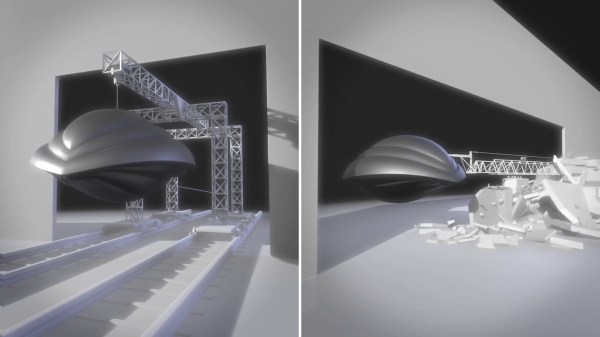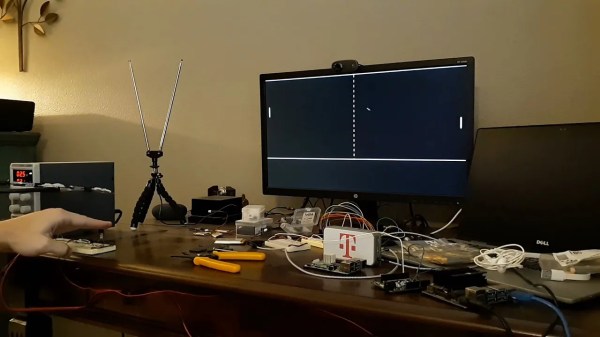As [Joshua Bird] began his foray into the world of film photography, he was taken back by the old technology’s sheer hunger for light. Improvised lighting solutions yielded mixed results, and he soon realized he needed a true camera flash. However, all the options he found online were large and bulky; larger than the camera itself in some cases. To borrow his words, “[he] didn’t exactly want to show up to parties looking like the paparazzi”. So, he set about creating his own compact flash.
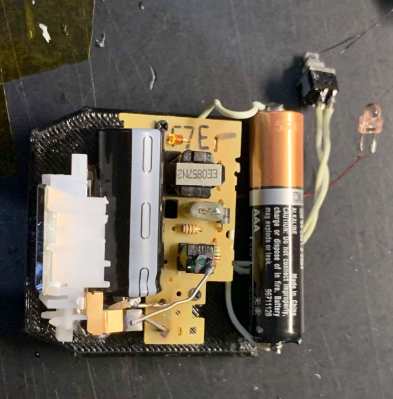
Impressed by the small size and simple operation of disposable camera flashes, [Joshua] lifted a module out of an old Fuji and based his design around it. An existing schematic allowed him to attach the firing circuitry to his Canon’s hot shoe without the risk of putting the capacitor’s 300 volts through the camera. With that done, he just had to model a 3D-printed case for the whole project and assemble it, using a few more parts from the donor disposable.
Of course, as it came from a camera that was supposed to be thrown in the trash, this flash was only designed for a specific shutter speed, aperture, and film. Bulkier off-the-shelf flashes have more settings available and are more capable in a variety of environments. But [Joshua] built exactly what he needed. He now has a sleek, low-profile external flash that works great in intimate settings. We’re excited to see the photographic results.
This is not the first photography hacker we’ve seen breathe new life into disposable flashes. Some people see far more than a piece of camera equipment in old flashes, though, with aesthetically stunning results.
[via reddit]

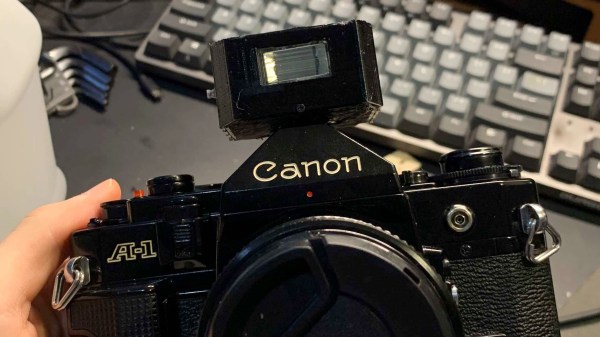
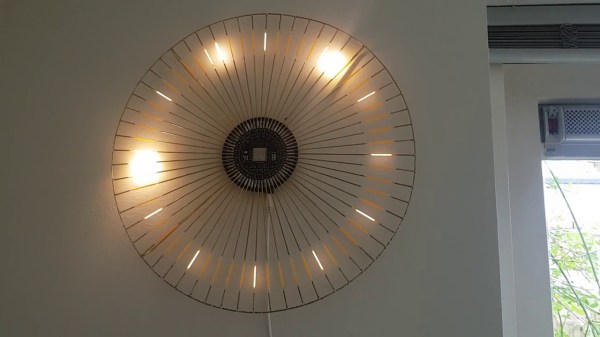
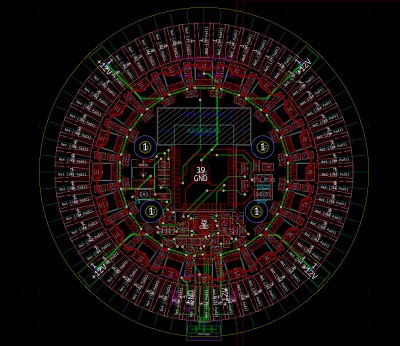 WS2811 LED controllers, which we’re so accustomed to seeing alongside RGB LEDs that they almost feel strange to see here, provide the 12 volts required for each filament and make individual addressing a breeze.
WS2811 LED controllers, which we’re so accustomed to seeing alongside RGB LEDs that they almost feel strange to see here, provide the 12 volts required for each filament and make individual addressing a breeze.


